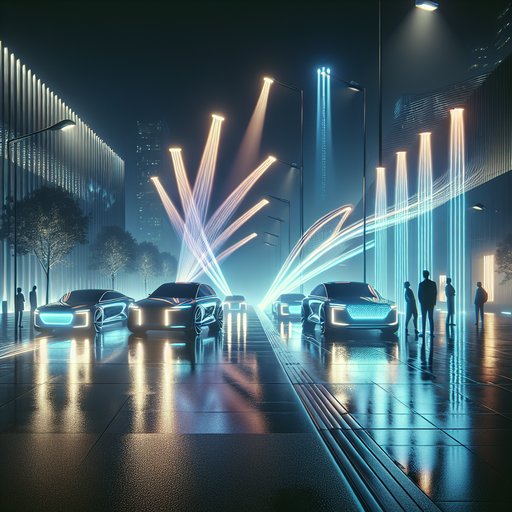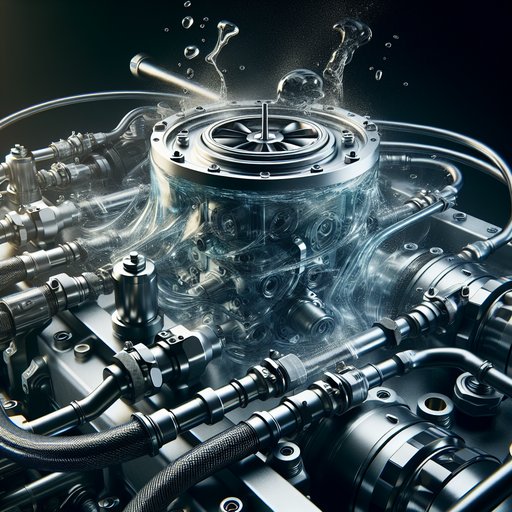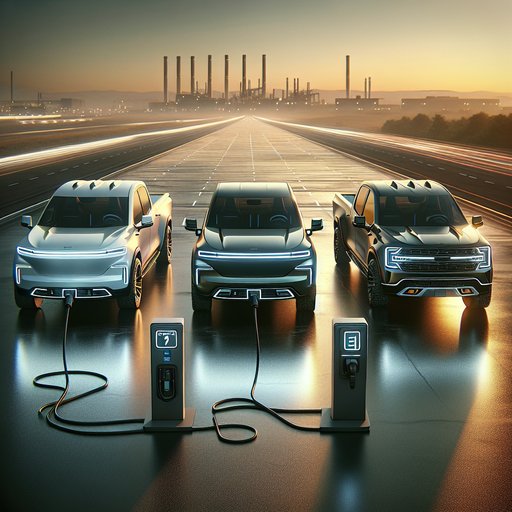
Ultra-heavy dump trucks—rigid haulers with payloads from 200 to 450 tonnes—are reshaping how miners and mega construction teams move earth at scale. In the past few months, operators have expanded autonomous fleets, rolled out trolley-assist on longer ramps, and trialed battery- and hydrogen-hybrid prototypes, all aimed at cutting fuel use and cycle times without sacrificing uptime. These trucks are central to open-pit mines and to massive cut-and-fill programs for dams, ports, and industrial complexes where millions of cubic meters must be shifted on tight schedules. With supply chains improving and parts availability stabilizing this quarter, fleets are reporting steadier utilization and fewer weather-related delays, helping projects hit production targets while lowering cost per tonne.

Automotive lighting is stepping into the gallery, as designers and engineers treat headlamps and taillamps as curated media for safety, identity, and spectacle. This month in Munich, brand installations drew crowds with choreographed beam patterns and animated rear signatures, underscoring how regulation and display tech are converging. With design chiefs and lighting leads shaping marque identities as carefully as logos, the road is becoming a stage where audiences—drivers, pedestrians, and collectors—experience light as both function and art.

A dry sump moves the engine’s oil supply out of the pan and into an external reservoir, using multiple scavenging pumps to evacuate the crankcase and a separate pressure stage to feed the bearings. The goal is simple but critical: deliver de‑aerated oil at stable pressure regardless of lateral/longitudinal G, RPM, or vehicle attitude. By controlling oil aeration and slosh, dry sumps prevent pressure collapse in long, high‑G corners and at very high engine speeds, while reducing windage losses. The trade is weight, cost, and packaging for robust lubrication, a lower engine height, and consistent performance in racing, track-day, off‑road, and endurance duty.

Electric and hybrid pickups moved from curiosity to credible choices this year, with GM’s Silverado EV RST reaching retail buyers, Ford expanding the F-150 hybrid’s role, Toyota’s Tacoma and Tundra hybrids gaining momentum, and Tesla’s Cybertruck maturing through software updates. Ford and GM owners now tap Tesla’s Supercharger network via adapters, easing long‑distance anxiety, while Ram readies the all-electric 1500 REV and the range-extended Ramcharger. The result is a clearer picture of where electrified trucks fit: instant torque and silent worksites on one side, proven long-haul convenience on the other. Here’s how the latest EVs and hybrids stack up against traditional gas and diesel models in real use today.